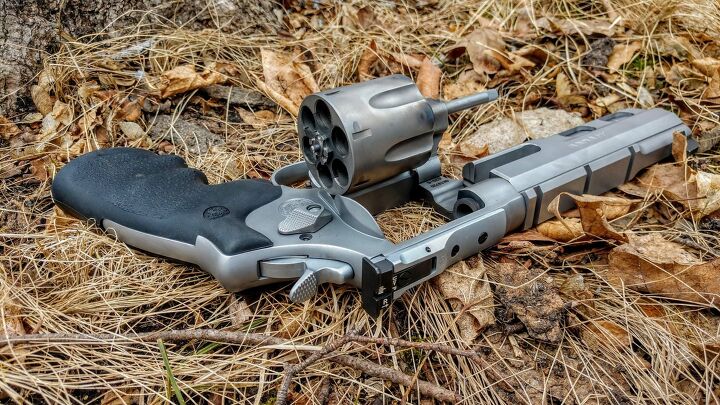We can see the changes already happening around us. The air is more crisp every morning, the leaves are beginning to turn colors, and fall hunting seasons are opening up everywhere. For most people, whether they are hunting something small like squirrels or even huge game in North America like moose, they are reaching for a long gun of some sort to accomplish their hunt – a shotgun or rifle. In some instances, it can be fun to challenge ourselves and use a handgun depending on the game we are in pursuit of. So, in this Wheelgun Wednesday, we take a look at some of the things that you should consider when you decide hunting revolvers might be your next firearm for big game hunting. Let’s dive in!
hunting revolvers – how Are you going to carry it?
If you decide this year is the year you are going to hunting with your revolver, you need to account for how you are going to carry it. Are you willing to carry your revolver by hand the entire time you are hunting? Whether that is simply out to your stand location, or if you do drives to push game or do spot-and-stalk for game. Or, are you the type who is going to want a holster? Would you prefer a shoulder rig? A Kenai holster across the center of your chest? A simple belt-loop hip holster? You might fatigue by carrying in-hand all day and having it in a backpack might not be fast enough in a moment of need. So, that is simply something to think about.
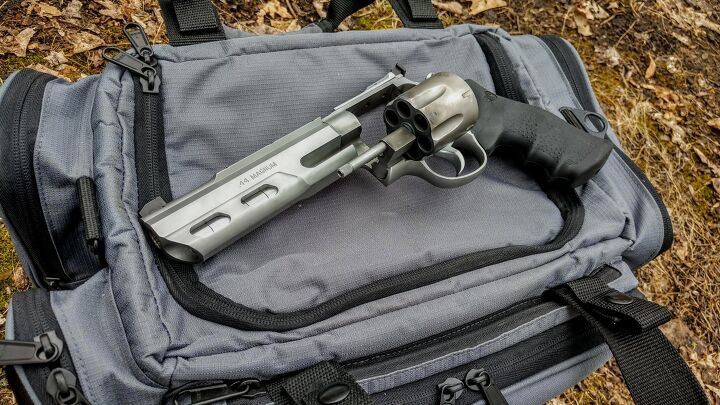
hunting revolvers – what sight picture are you using?
The sight picture you choose, either by selecting a factory configured firearm or upgrading it with aftermarket sights, will have negatives and positives to your specific hunting situation. What is the topography and foliage of the area you hunt? Do you routinely see game at dusk and dawn (low light)? Or is the game more lively during peak hours of the day (bright light)? All of these elements will dictate or should help guide you as to what sight picture will be best to successfully fill a tag this fall. If the leaves are changing color to red, orange, and yellow then a red dot might not be ideal because it blends in with those colors. If you only expect to see game around dusk and dawn when it is almost dark out, then black-on-black iron sights will be a very difficult sight picture.
hunting revolvers – does your chosen cartridge have the longevity you need?
One thing that a lot of people overlook with handgun hunting is how far their firearm will shoot flat – how far it will shoot before the cartridge begins to significantly drop – and elevation must be factored into the equation. If where you hunt you at most can only shoot 25 yards because of dense undergrowth then elevation, in regards to your sights, is likely a non-factor. If, however, you are hunting an open field of 150 yards and have the confidence, proven accuracy, and optics to back up a shot of that distance you will need to calculate shots at varying distances or be shooting a supremely flat-shooting cartridge.
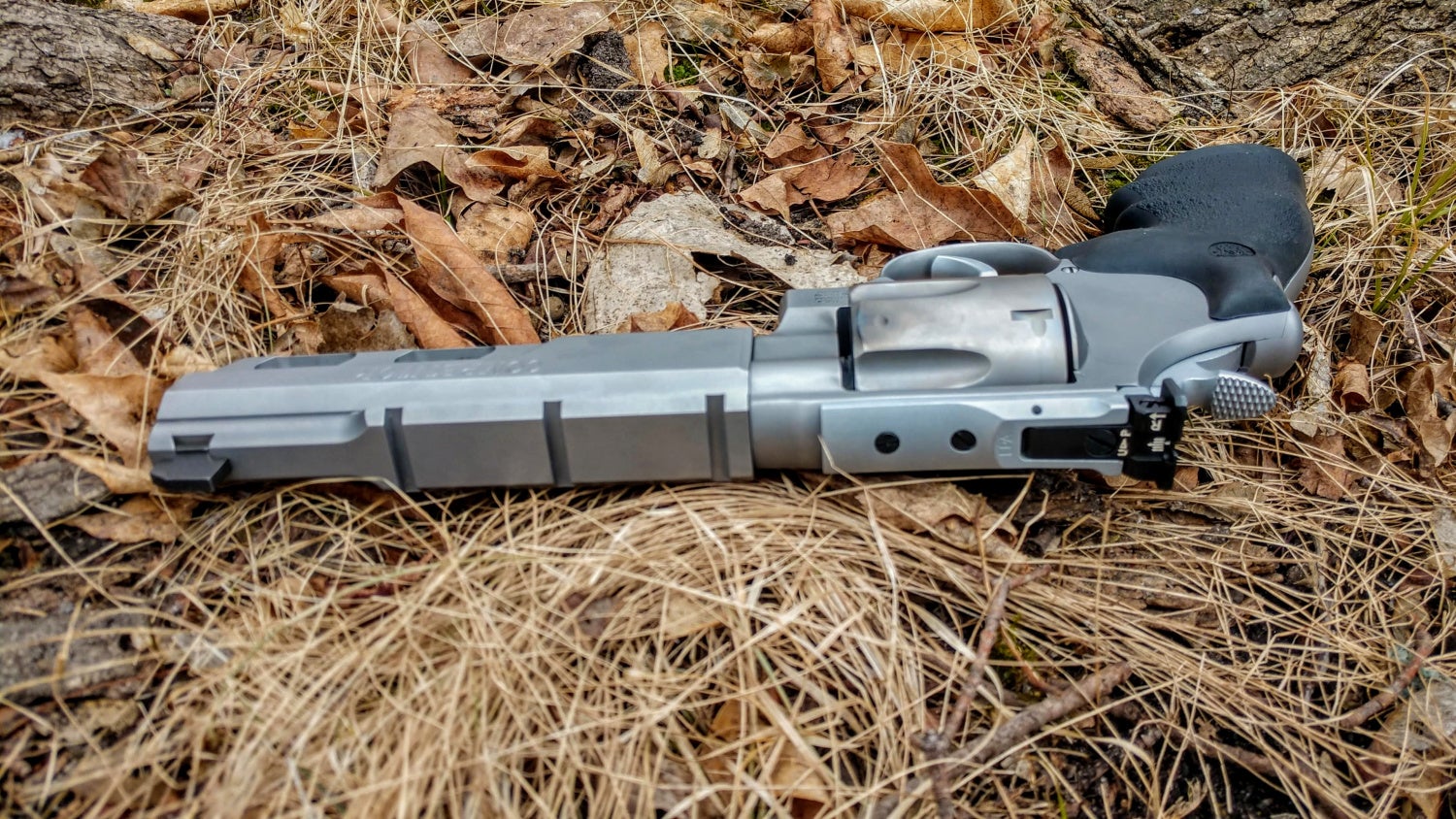
hunting revolvers – does your cartridge match your game?
When picking out a hunting revolver you always need to match your cartridge to the game you intend to hunt. You do not want to simply choose something cool you borrowed for free from your uncle when in reality his .327 Federal Magnum is not only lacking in the Foot-Lbs of energy likely required to humanely down a Mule Deer, but it also might not even be a legal game cartridge. So, always match your round to the game you are hunting. Do not walk into the arena of your hunt at a disadvantage with a small-for-game cartridge. What works on whitetail deer in Minnesota may not suffice for grizzly bear in the Rockies. It is better to go slightly bigger than you believe is necessary in case you do not make a perfect shot on vitals. Then, hopefully, the Foot-Lbs of energy can be your friend and aid in a humane recovery of your game.
hunting revolvers – what is your off-hand accuracy like?
When it comes to long guns we can often support ourselves with shooting sticks, bipods, or shooting rails in our stands for a more true shot. With handguns though, the firearms themselves are much more difficult to outfit with such accessories and we less frequently are in fixed situations of a stand where a shooting rail for support is even an option. That is why it is important to consider just how accurate you are shooting your hunting revolver at distance – no fibbing your accuracy either. If you authentically can shoot off-hand out to 75 yards well enough to bag a deer, that is awesome! If when your friends are not around and you are no longer stretching the truth, you can only shoot that new .454 Casull you bought to impress everyone that (kicks like a mule) maybe 12-15 yards, that is fine. You might need to practice more, but you know your limit; stick to it.
So, as we all begin to dust off our hunting firearms, find our camouflage clothing, and get ready for the hunt keep these things in mind. Hunting with a revolver can be a fun and sporting challenge, but you still need to take adequate precautions to be prepared. As always, let us know all of your thoughts in the Comments below! We always appreciate your feedback.
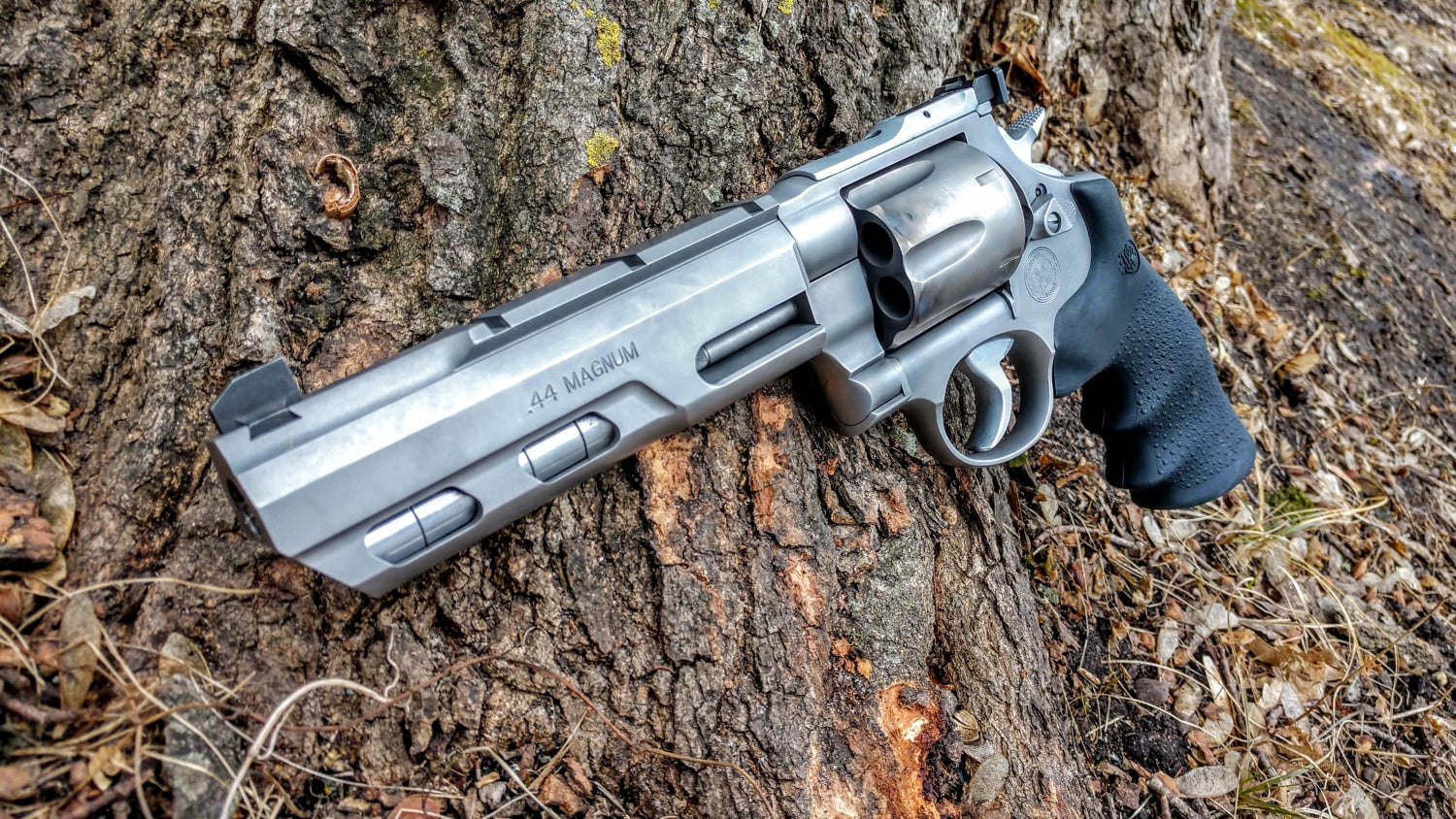
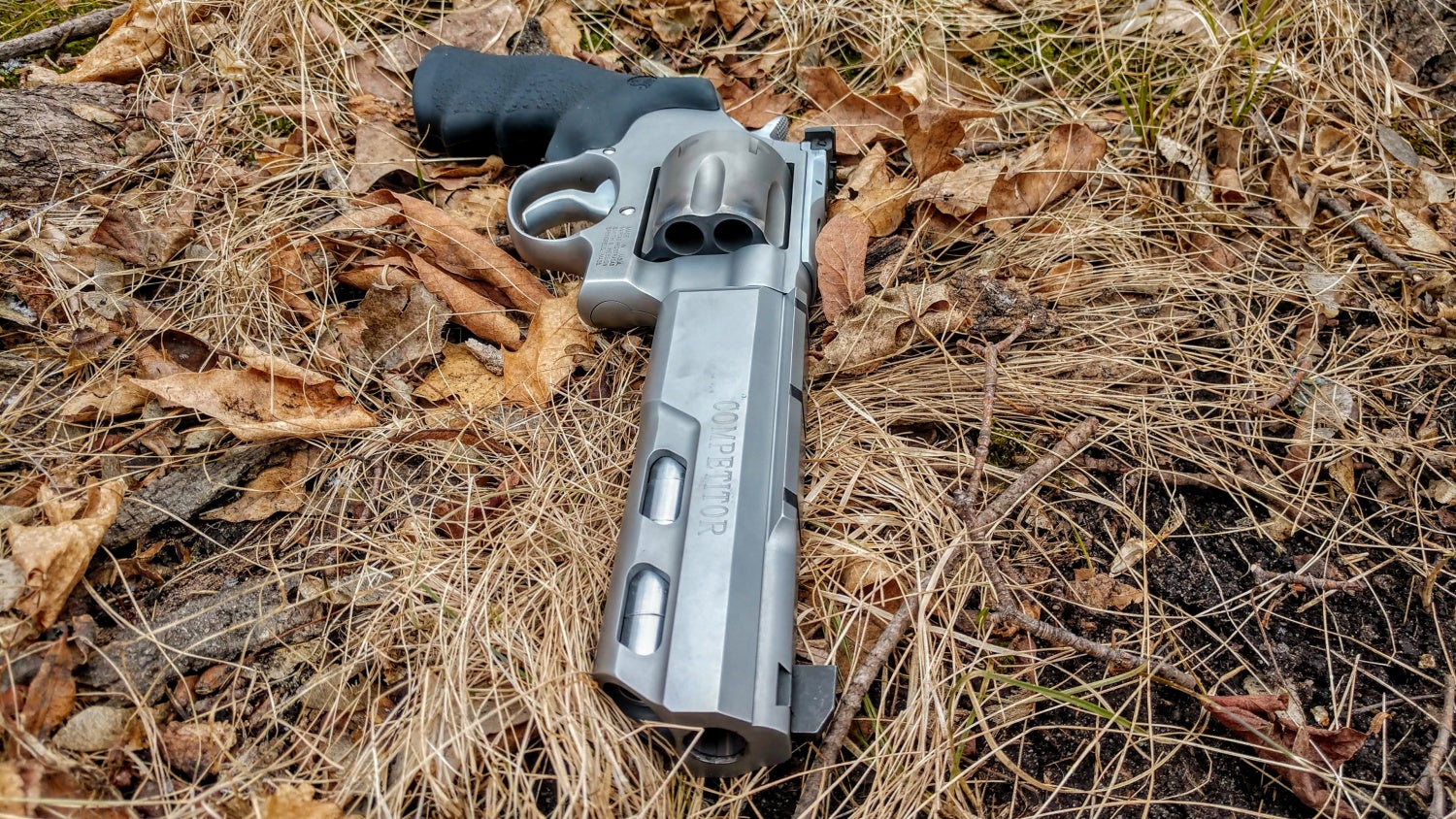
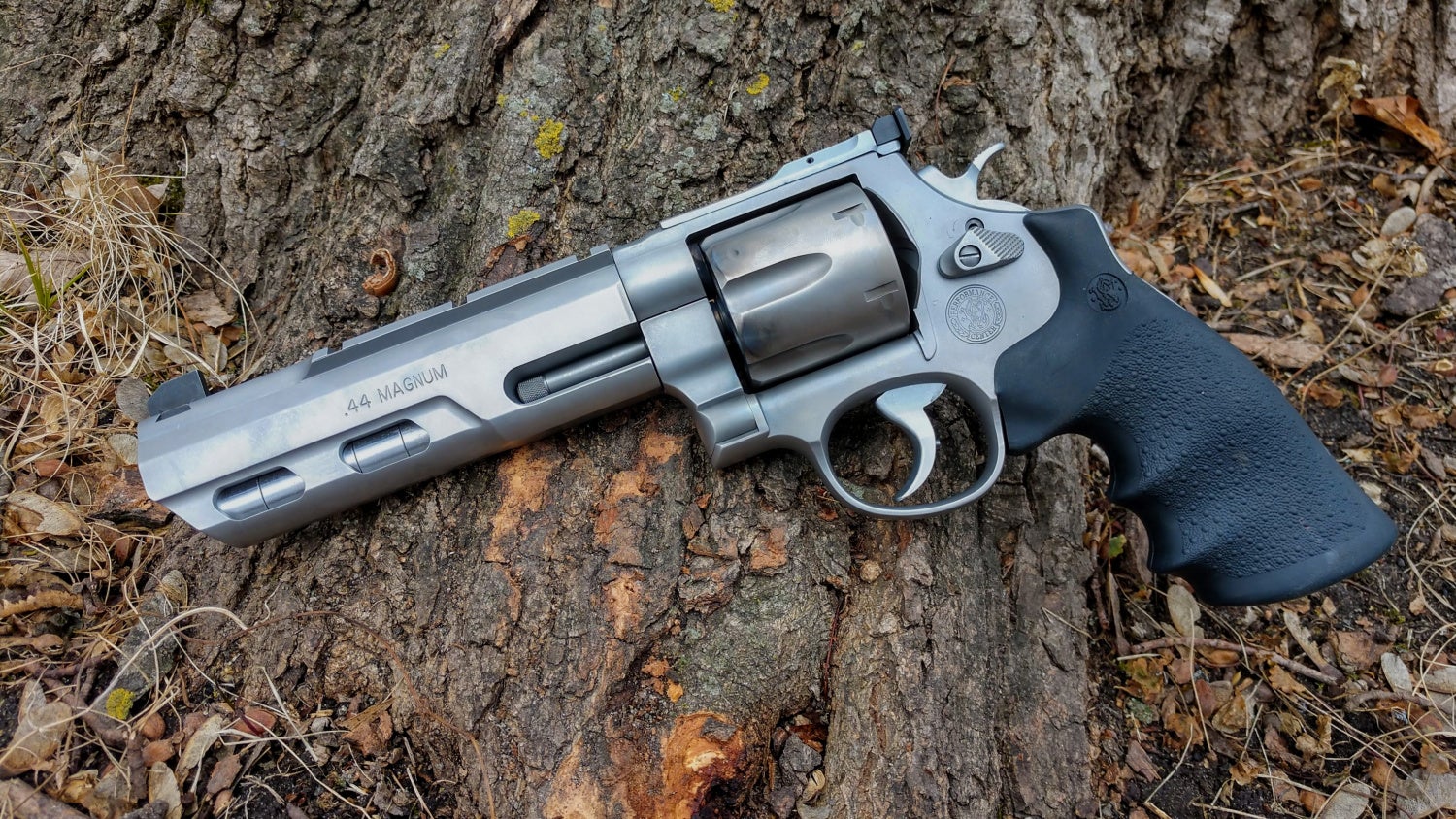
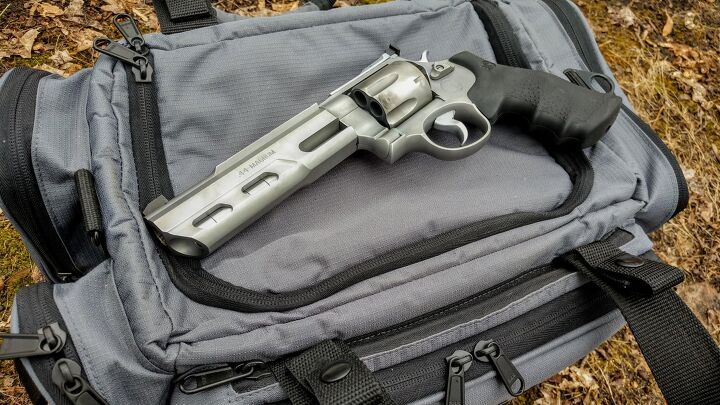
 Your Privacy Choices
Your Privacy Choices
